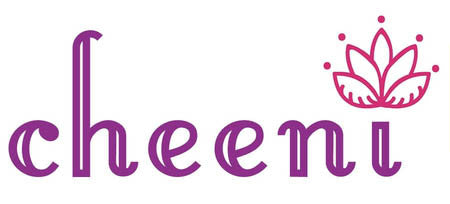Artistry

Sourcing Handmade Vintage Embroideries –
India is known worldwide for its embroidered textiles. What makes them vintage? Caste determines the pattern of the embroidery and remains unchanged from generation to generation. Vintage embroidery is rooted in an ancient dowry tradition where the wife would bring intricately embroidered pieces woven by neighborhood women into her new home. The embroidery also gives us a window into the self and status of the weaver. Many of the good quality vintage embroidery is sourced from long-married, older women. Nowadays younger women no longer focus on the art of embroidery and instead spend their time getting educated. This combined with the fact that there is no longer a requirement in India to wear a certain kind of embroidery to reflect your caste means that embroidered fabrics are no longer being produced as they have been in the past. This explains why beautiful vintage embroidered fabrics are in high demand.
Hand Woven Fabrics –
In our era of insta-everthing, you’ll definitely feel the spirit of time-honored traditions––sacrifice and patience, skill and beauty––that only comes to the one who waits. To touch the fabric is to feel history. Hand-woven Dobby fabrics go through many stages to achieve their vibrant beauty, geometric patterns and gorgeous texture. Born from natural raw fibers, artisans work their magic by spinning then submerging them into carefully prepared pigments. Once the fiber is dried and spun into skeins, weaving begins on large looms. The warp is threaded and foot pedals are used in concert with wooden shuttles to create wonderfully intricate textures and patterns beyond compare.

Block Printing –

Block Printing –
This 500-year-old tradition has been handed down over the generations like most of us hand down beloved recipes––with passion and attention to detail. Plant-based dyes are the secret sauce that breathe life into the carefully carved wooden “stamps.” Their storied application process hinges on the skill and knowledge of the printing master. A print begins as a simple pencil drawing on a piece of paper and then is placed as a template over a Sheesham wood block. Masters carve the pattern methodically. Each block is a repeating pattern. A new block is carved for each color used. First an outline block called ‘rekh’ stamps the design, then the fill block or ‘datta’ is stamped, and lastly the ground color or ‘gud’ is applied. Years of apprenticeship must be performed to gain the mastery required. When printing, special dyes are used and alignment is key. Many dyes need months of curing and sometimes require rare ingredients. The printer must have knowledge of every area of application in order to create these textile masterpieces. The blocks used to create the prints pieces of art all on their own.

